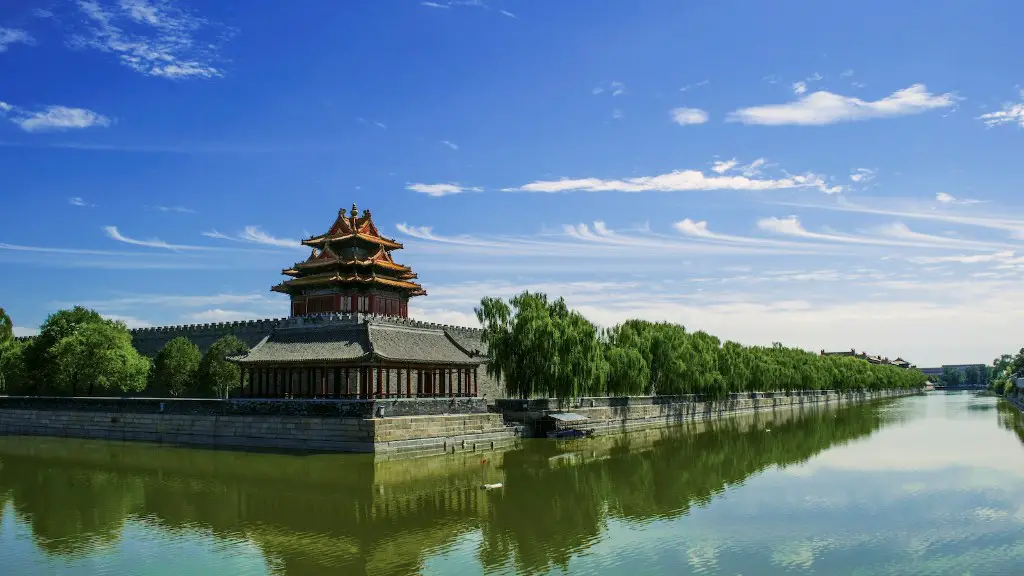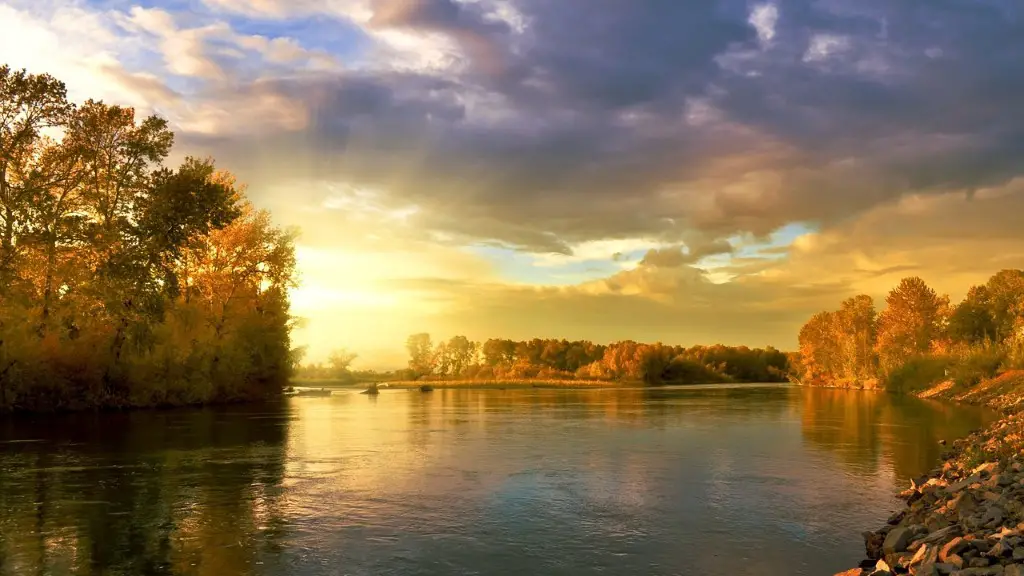About the Mississippi River
The Mississippi River is one of the most significant waterways in North America and the longest river in the United States. Its importance is reflected in the significant role it plays in navigation, tourism, agriculture, recreation, ecology, and more. Its watershed is the third largest in the world.
The Mississippi River begins at the source in Itasca State Park, Minnesota, and forms its state boundary with Wisconsin before it flows through Illinois, Iowa, Missouri, Arkansas, Tennessee, Mississippi, Louisiana, and finally emptying into the Gulf of Mexico. In total, the Mississippi is 2,340 miles long and drains a total of 31 states. With a drainage basin of 1.2 million sq miles, the river is responsible for a huge portion of the Midwest
The Mississippi River is often part of our collective psyche as a strong source of American pride, a revelry of our past, and the embodiment of our nation’s spirit. But the river can also be a source of danger and change, through catastrophic floods and dramatic human intervention that’s caused the river to its present state.
Significance of Mississippi River on the US Map
On the United States map, the Mississippi River is easily recognizable as it crosses nearly the entire width of the US, from north to south. It divides the east and west, marking the gateway between the Midwestern states and the gulf region. It is easy to locate all of the states through which the Mississippi River flows, especially when you consider the fact that it has been the cornerstone of many American cultural histories.
The river played a major role in the settlement of the West. Steamboats traveled up and down the length of the river, providing an easy and economical mode of transportation for settlers, goods, and services. The course of the Mississippi River also defines part of several important trade and migration routes, particularly during the 19th century.
The river is also important for agriculture. Feeding into the river, tributaries and streams provide water for farming, and the river itself has been modified to fix flooding issues, improve navigation, and provide hydroelectricity.
The Mississippi River is also iconic in literature. Its banks have inspired writers, some of whom dedicated their lives to the river. Mark Twain wrote his book Adventures of Huckleberry Finn which drew attention to the sensitive environmental and social issues at the time. This made the Mississippi River a symbol of freedom.
Impact of Human Intervention on the Mississippi River
Human intervention has affected the Mississippi River significantly, especially due to its location being in the heart of the most populous country in North America. The river has been used and abused throughout its history, particularly during the industrialization of the 19th century. Development along the banks has caused enormous losses of wildlife and wetlands, while pollution has also been a major issue.
Despite all of these issues, the Mississippi River remains a major source of life and recreation in the United States. Recreational boating, fishing, and swimming is a big part of the river’s use and enjoyment. There are also miles of hiking and biking trails on the banks, and the river remains a crucial resource for agricultural production and transportation, such as barges.
Though the river has been greatly impacted by human intervention, there is still much to be admired and appreciated with all of its natural beauty. It remains a source of both strength and pride for all of those who live close by it.
Environmental Issues and Conservation
The Mississippi River is vital to the life and health of the environment of the region. It supports much of the agriculture and commercial interests of both the U.S. and Canada. Unfortunately, its health is being constantly threatened by human development and pollution.
Industries have created enormous amounts of pollution in the river over the past few decades, greatly impacting animal and plant life. Federal and state policies on water quality enforcement have somewhat helped to reduce the amount of pollution, but more must be done. Efforts must be taken to reduce the amount of agricultural runoff, the use of fertilizers, and the contamination of industrial chemicals.
Conservation efforts must also be taken to protect the river’s wildlife. This includes efforts to reintroduce native species into the river, restore wetlands and prairies along the banks, and protect sensitive habitats from invasive species.
The Mississippi River is a complex ecosystem that requires a great deal of stewardship and protection if it is to continue to nourish the surrounding environment. It is our responsibility as citizens of the United States to work to preserve this important and beloved natural resource.
Modern Day Mississippi River
Despite all of the changes that the Mississippi River has gone through, the modern-day river is one of the most iconic symbols of American culture. It continues to provide recreational and leisure activities, serve as an economic lifeline, and is admired for its natural beauty.
The Mississippi River is easily recognisable on maps of the U.S., and continues to captivate Americans with its grandeur. Its importance and significance to Americans and the nation as a whole can not be understated, as it has played a major role in shaping the country.
The Mississippi River is a unique and powerful force of nature, that despite the abuse that it may have suffered through the ages, remains a vital and celebrated part of the United States.
Earth System Impacts of Mississippi River
The Mississippi River has an enormous influence on the earth’s climate system, from how much water it holds to how it transports soil and nutrients. The river also has a tremendous influence on precipitation and temperatures, making it a key determiner of weather patterns throughout the continental U.S.
The river’s large size and modified flows influence coastal tides and ocean circulation, which in turn can alter temperatures, nutrient cycles, and even the long-term temperature of our planet. Changes in Mississippi River flows can have ripple-down effects that have far-reaching effects on the entire earth system.
The Mississippi River also plays an important part in global carbon cycles. Carbon dioxide moves through the river in huge amounts, and through the process of photosynthesis, releases oxygen into the atmosphere. This process is a vital part of the global carbon cycle, and helps to regulate what is an increasingly valuable commodity around the world.
The Mississippi River also helps to regulate climate by directly affecting temperatures and precipitation. Its location ensures that it buffers the large fluctuations in temperature and rainfall that happen between the Gulf and Midwest states. This not only helps stabilize temperatures, but also helps ensure that food production remains in steady supply.
Economic Impact of the Mississippi River
The Mississippi River is one of the most important sources of economic activity in the United States. It serves as a vital transportation route for goods, passenger travel, and energy, as well as providing leisure and recreational activities. It also supports a whole range of industries, including fishing, timber, shipping, tourism, manufacturing, and more.
For centuries, the Mississippi River has been a key source of commerce and trade. Goods from all over the world were transported through its waters, and continues to be a major source of employment for many people in the region. The river is still the backbone of many industries, such as barges transporting oil, grain, coal and other materials.
Tourism plays a large role in the economic impact of the Mississippi River. Tourists flock to the picturesque banks of the river every year, taking part in leisure and recreational activities such as fishing, boating, camping, and sightseeing. Many businesses thrive off of this tourism, making the Mississippi an important source of income in the region.
The Mississippi River continues to be an incredibly important economic force in North America, and will continue to play a significant role in the United States’ economic success in the future.





